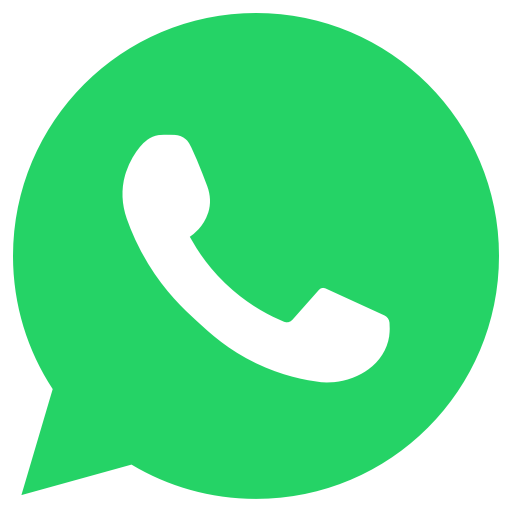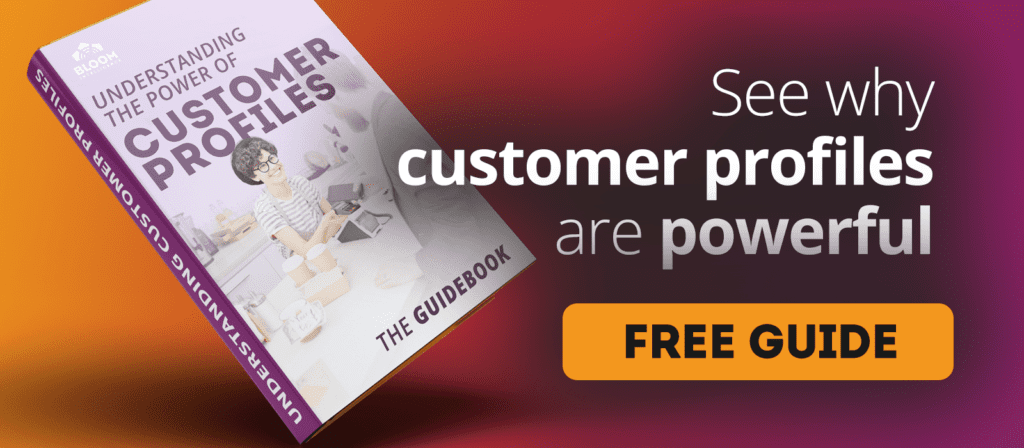Many leaders in the food & beverage industry breathe a collective sigh of relief as 2022 ends, and 2023 strategizing begins. While it has been a tough year, many coffee shops and cafe marketing professionals will come out stronger than their larger competitors.
Competing with larger organizations is easier with these low-cost and budget-friendly marketing tactics that any location could utilize.
1. Control online reviews.
86% of consumers are willing to write a review for a business.
70% of consumers look for more than four reviews before they can trust a business.
No trust means no business. It’s essential to focus on brand reviews by:
- Replying to every single review that a brand receives. Responding shows review-viewers that the brand cares.
- Asking every customer to log into WiFi to leave a review on the location’s WiFi landing page.
- Placing notes in collateral that encourages reviews.
- Increasing positive reviews with WiFi marketing’s automated email campaigns.
2. Make delivery an initiative.
Digital ordering and delivery have grown 300% faster than dine-in traffic since 2014.
At least 31% of consumers say they use these third-party delivery services at least twice a week.
Adding a delivery model is a massive undertaking, but brands can start offering delivery by working with third-party delivery services.
3. Consider subscription services.
Of those who drink coffee in the U.S., the average coffee drinker enjoys 3.1 cups per day.
Coffee drinkers are also willing to pay more for products from local coffee roasters. Consumers will spend up to $25 per pound, compared to a maximum of about $20 per pound from a non-local high-end roaster.
Many cafes and coffee shops are turning to monthly subscription services for a variety of reasons.
- Subscriptions improve relationships because brands connect with customers more often.
- They introduce more upsell opportunities.
- They provide recurring revenue.
4. Increase marketing outreach with email and SMS marketing.
More than 90% of adults in the United States use email.
According to an ebook from Gourmet Marketing, 70% of customers want restaurants to send them coupons and are prepared to use them.
During COVID-19, many coffee shop owners struggled to reach their customers from their homes. The coffee shops with a collection of email addresses were able to reach out to their loyal base and increase sales. Remember, it is 7x more expensive to acquire a new customer than to keep one.
5. Evaluate core demographics to ensure branding success.
Many managers in the food & beverage industry are unaware of the average age of your customers. They don’t know whether or not most of their consumers are male or female. Coffee shop owners should know the answer to all of these to have a strong brand presence.
These answers can determine a brand look, a location’s environment, the music playing, and overall culture. After all, a brand is about the consumer.
With Bloom Intelligence, food & beverage leaders can create customer profiles to understand better who guests are and what they would like from cafes.
Now is the time to plan for a healthier 2023 with a level competitive playing field.
To learn more about how Bloom Intelligence can help with your coffee shop and cafe marketing, click here.






.svg)